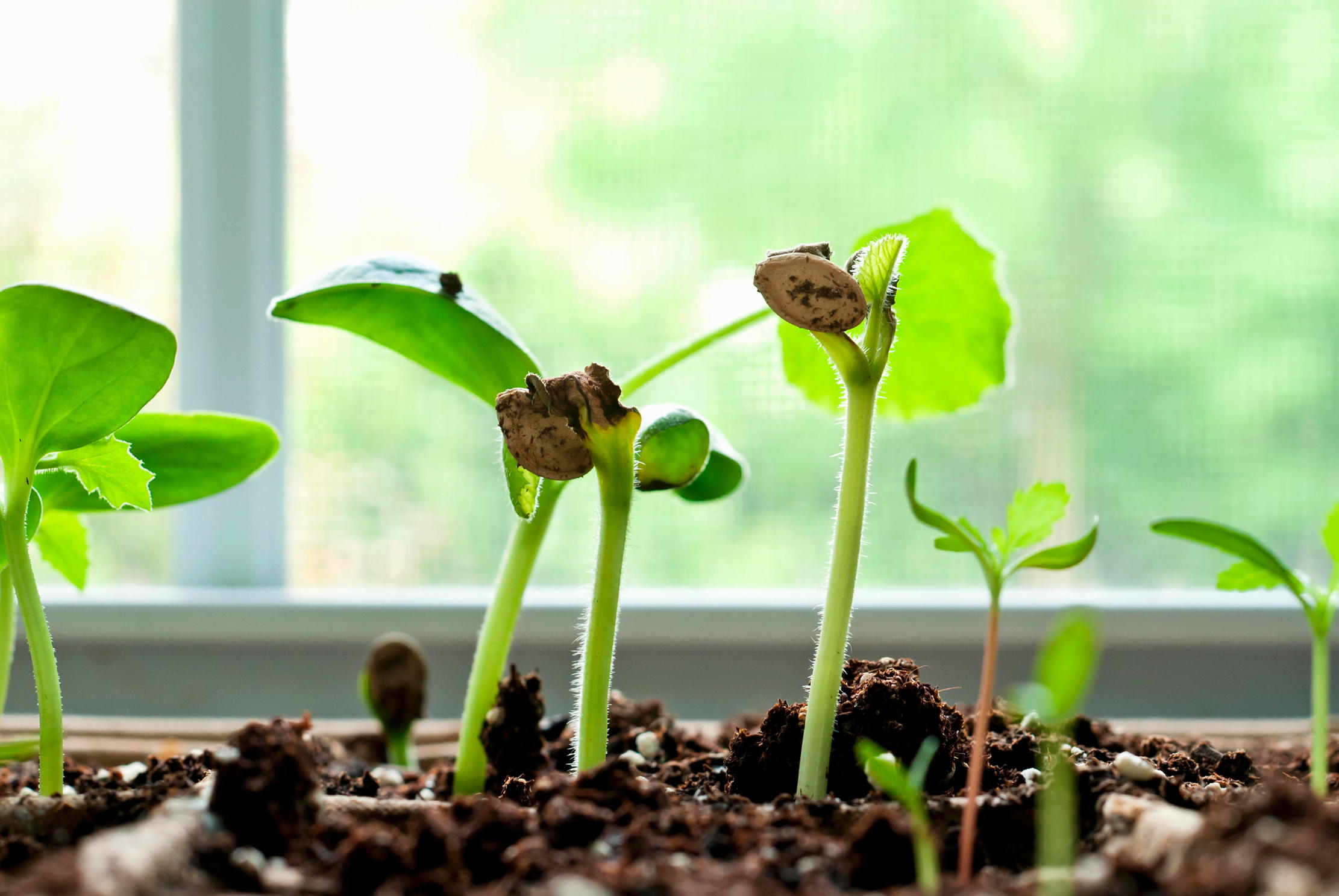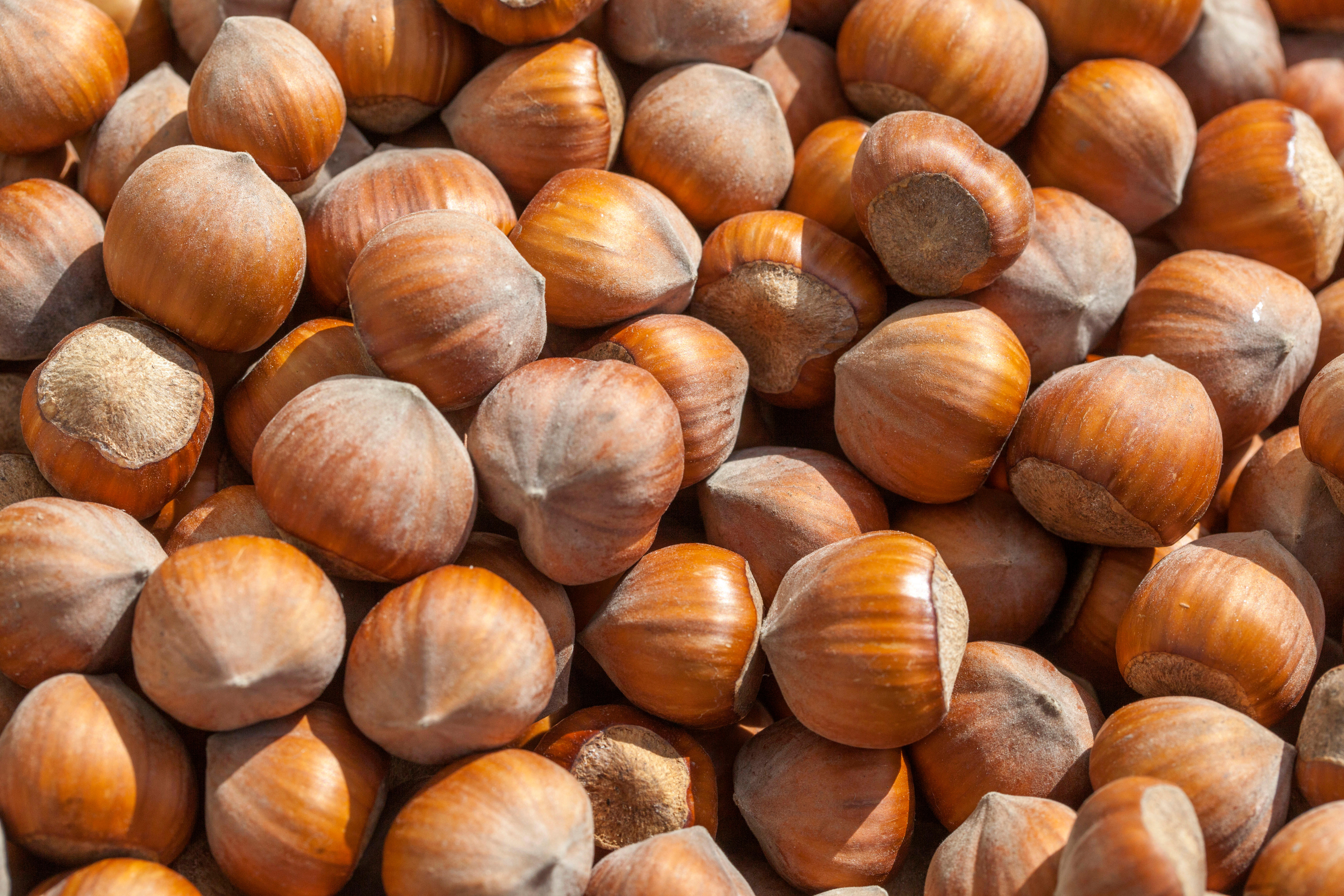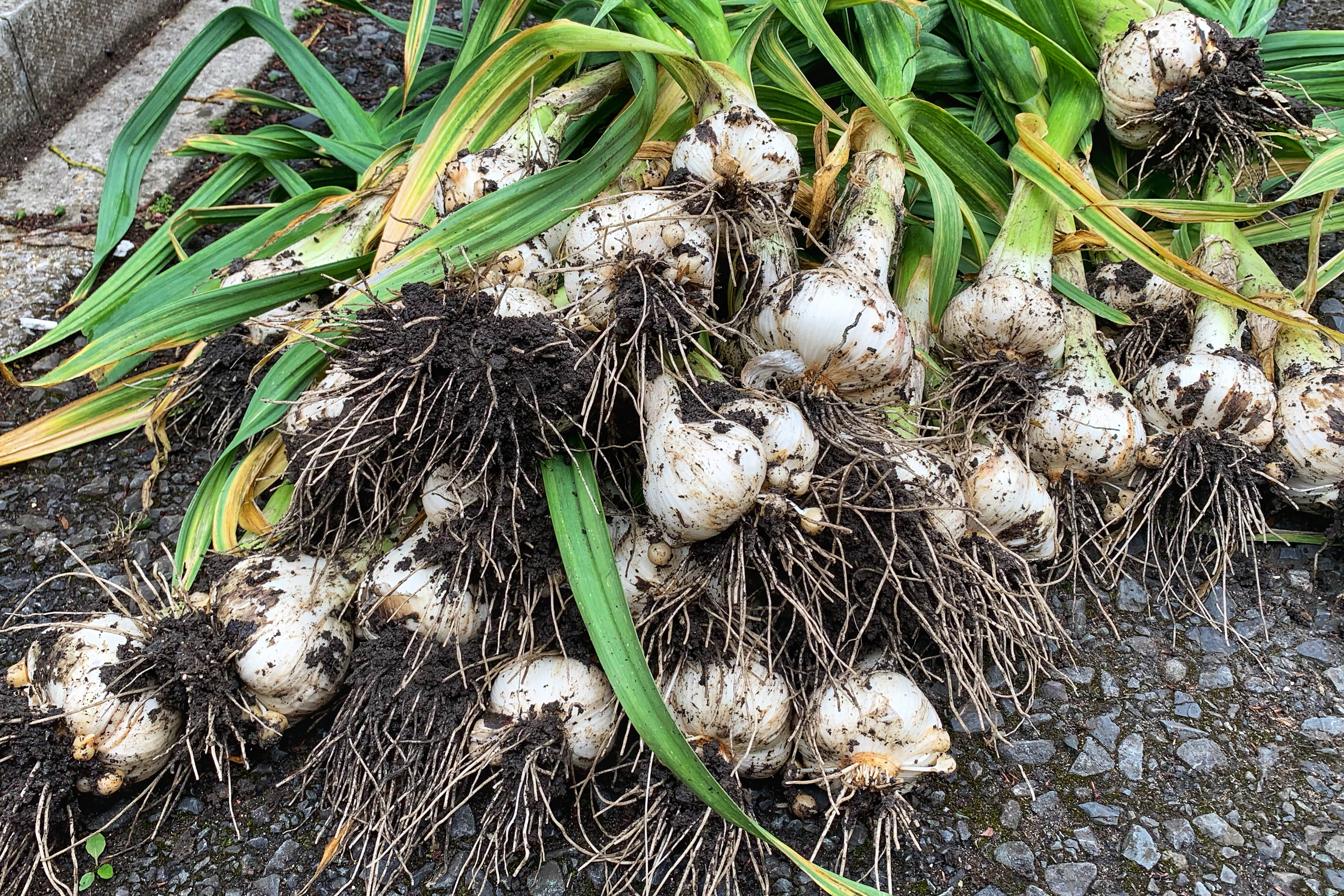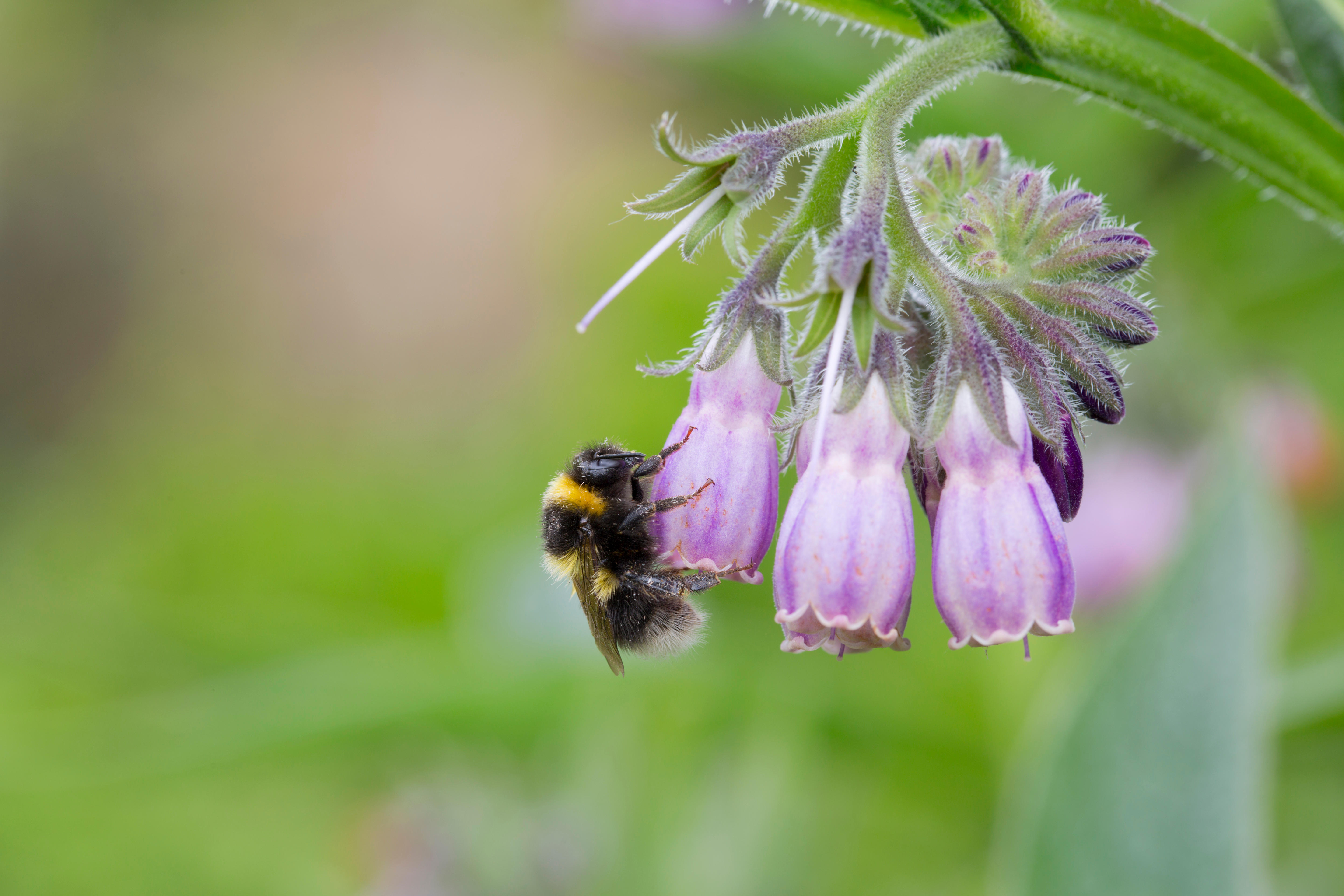Chicory and endive: The bittersweet plants as versatile as they are punchy
Mark Diacono explains how to grow chicory and endive — and what you can do with them.

Chicory (Cichorium intybus) and endive (Cichorium endivia) are closely related bitter leaves that I wouldn’t be without. Think of them as the olives of the salad world. Our sweetened palates make them an acquired taste for some — we are programmed to read bitterness as dangerous — but, once bitter clicks, it can become a real favourite.
Try a few bitter leaves as punctuations in a leafy salad, a well-dressed shredded chicory heart (the hearts tend to be sweeter than the leaves) or cook a few halved hearts in a creamy-sauced gratin. The stepping stone for me was a whole frilly endive fried in scorching oil until it had wilted: heavily salted and peppered, a squeeze of lemon, with just a trace of sugar thrown in, it was sweet, salt, bitter and sharp in excellent balance.
Chicories and endive are a real pleasure to explore. They may be pale, dark, firm or loose, tight or frilly, hearting or picked for leaves, with a rich choice of flavours and textures to match.
Of the hearting chicories, I always grow ‘Sugar Loaf’ and ‘Palla Rosa’. The former is a green-leaved variety not dissimilar to a cos lettuce in form, with a crisp texture to go with superb flavour; the latter is deep narrow and white, grows as a tight globe and also takes well to picking for leaves. Both have excellent resistance to bolting. ‘Rossa di Treviso’ (also called ‘Treviso Rosso’) is a tall, hardy radicchio I’ve found utterly reliable, entirely delicious and with red-purple/acid-green colouring that pleases the eye. It’s a good one to grow either for hearting or picking leaves. ‘Variegata di Castelfranco’ is another superb dual-purpose chicory, with beautifully speckled lime green and maroon leaves.
"Sow successionally in small batches to give yourself a steady supply from August to late winter, when the kitchen garden is not at its most productive"
Escarole (or Batavian) endive have broad, flat leaves and tend to thrive in winter, whereas curly, fringed frisée varieties are good for summer picking and tend to be slow to bolt. ‘Fine de Louvier’ is a superb endive for harvesting the leaves, ‘Blond Full Heart’ produces excellent hearts and ‘Cornet de Bordeaux’ will take everything winter throws at it. If a pale variety appeals, try ‘Cuor d’Oro’ — it is very productive and grows white without blanching.
Chicory and endive are pleasingly easy to grow. They prefer a sunny, open spot and, although moist soils are tolerated, a fertile, free-draining site suits most best. By all means start them in modules, but I find sowing direct in late spring and early summer gives great results; cover with half an inch or so of soil, and thin to about 2in apart for harvesting small leaves, 10in for large leaves or hearts and allow 10in between rows. There is some variation in the best sowing time for each variety, so check the seed packet. If you are growing either hearts or for cut-and-come-again leaves, I suggest sowing successionally in small batches to give yourself a steady supply from August to late winter, when the kitchen garden is not at its most productive. Most chicory and endive varieties love the cold: when other leaves have succumbed to the frost, you can be picking leaves and hearts right through the coldest months. I’ve even cleared them of 6in of snow and found perfect plants beneath.
Endive and chicories are fairly robust and self sufficient, although a little extra watering in dry spells will minimise the likelihood of bolting and prevent the plants becoming too bitter. As with many salad leaves, slugs and snails can be a nuisance to young plants, so take whatever measures you favour; as chicory and endive grow, their bitterness seems to dissuade molluscs.
Sign up for the Country Life Newsletter
Exquisite houses, the beauty of Nature, and how to get the most from your life, straight to your inbox.
Chicory can be forced by lifting them in November, cutting the leaves back to about an inch and storing them laid flat in sand somewhere cool, before planting them in damp compost with the cut tips just showing, covering with a bag and keeping them at 10˚C–15˚C — but I’ve lost the will merely having written that sentence, never mind going through the palaver. If you are undeterred, try ‘Witloof de Brussels’, a variety that prefers an unmanured soil.
You can blanch chicory and endive by placing a large pot over a mature head to exclude all light for a few weeks, after which they should be paler and sweeter. I did this once and the result was really good, but I’ve come to love their characteristic bitterness and what you can do with it in the kitchen even more.

Mark Diacono: What seeds to plant, plus where and when to plant them
Growing your own from see to harvest is highly rewarding, and here are some tips to get the best possible

Mark Diacono: How to grow your own hazelnuts (and why you'll find it rather easy)
Our resident grow-your-own expert Mark Diacono gives his tips on the surprisingly easy hazelnut.

Credit: Getty Images
How to grow garlic: Delicious, lucky and superbly easy to cultivate
Mark Diacono teaches us how to grow garlic.

Comfrey: What you need to know about the plant that 'looks like borage a couple of gins into a long weekend'
Mark Diacono on the beautiful and untamed joy of comfrey.
Toby Keel is Country Life's Digital Director, and has been running the website and social media channels since 2016. A former sports journalist, he writes about property, cars, lifestyle, travel, nature.
-
 Designer's Room: A solid oak French kitchen that's been cleverly engineered to last
Designer's Room: A solid oak French kitchen that's been cleverly engineered to lastKitchen and joinery specialist Artichoke had several clever tricks to deal with the fact that natural wood expands and contracts.
By Amelia Thorpe
-
 Chocolate eggs, bunnies and the Resurrection: Country Life Quiz of the Day, April 18, 2025
Chocolate eggs, bunnies and the Resurrection: Country Life Quiz of the Day, April 18, 2025Friday's quiz is an Easter special.
By James Fisher
